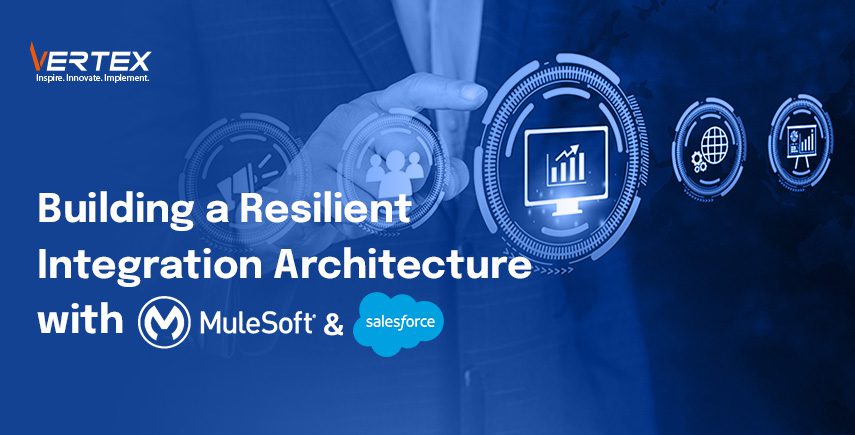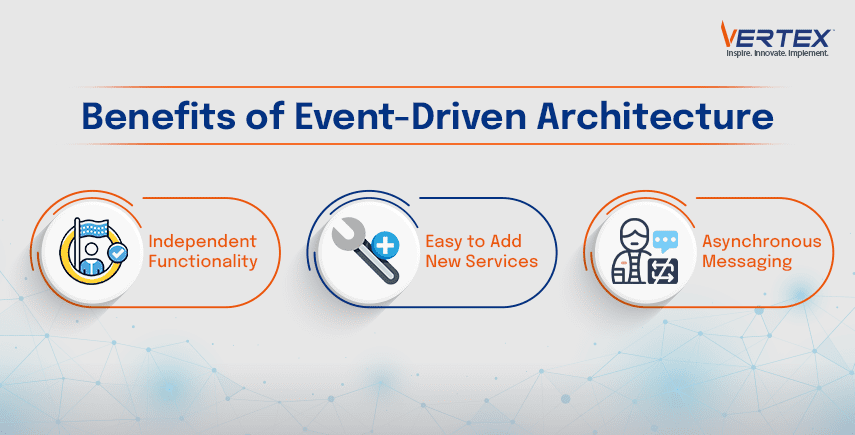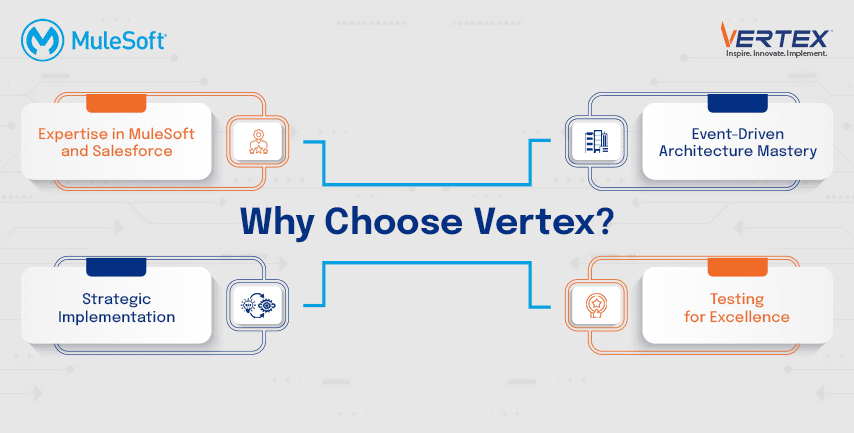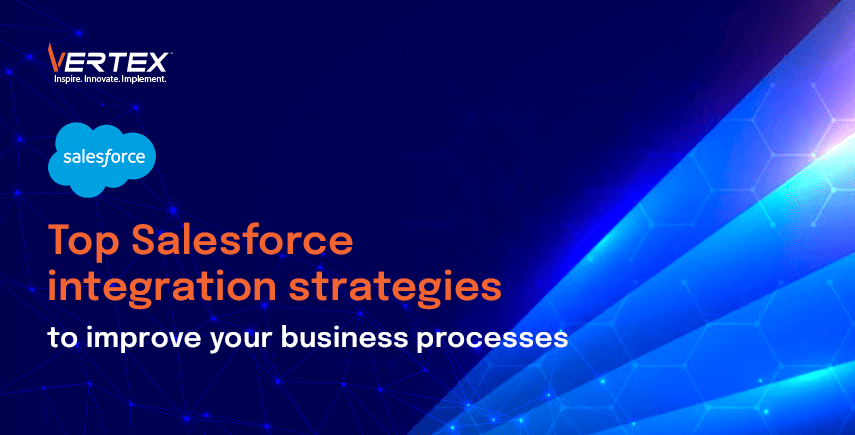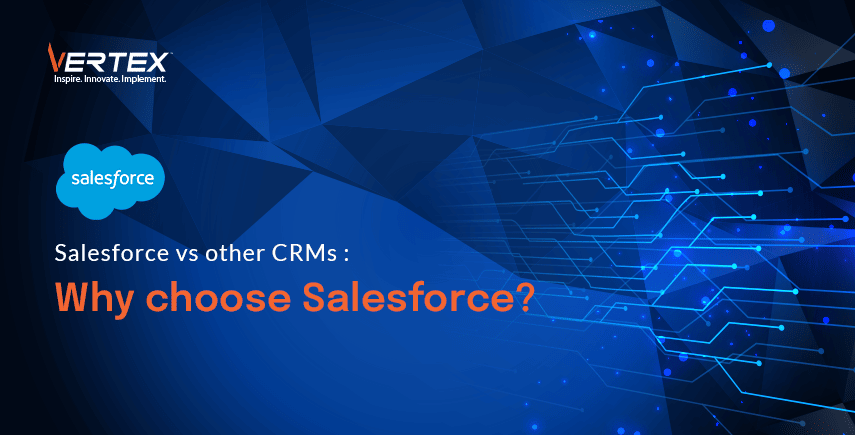The era of AI has arrived, wherein tasks ranging from video editing to driving can be accomplished with the assistance of brainless intelligence.
AI is rapidly reshaping the future like never before.
Now, AI can also aid in automating all your company’s workflows and processes, allowing your operations team to take a much-needed break.
What is Workflow Automation?
Workflow automation is a technique used to reduce human error and increase efficiency by automating and streamlining manual processes and task flows.
By reducing busy work, it frees up employees’ time for more profitable and creative endeavours.
Automation of workflow is an essential strategy. An employee spends more than 12 percent of their time on repetitive tasks, which equates to almost five hours per week lost to menial tasks, according to an Asana study.
The complexity of automated workflows varies based on the departments and industry in which your business operates.
Who does Workflow Automation?
Workflow automation systems can assist all departments within an organization, including finance, operations, marketing, human resources (HR), and sales.
They are typically employed to automate tasks that do not require a lot of cognitive decision-making and involve repetitive actions.
Organizations pursue workflow automation for several reasons: to boost productivity, minimize errors, increase output, accelerate processes, and automate workflows so that employees can dedicate less time to laborious, low-value tasks.
This approach allows employees to allocate more time to tasks requiring human intelligence.
With the low-code, drag-and-drop capabilities of many workflow automation software packages available on the market, employees can easily automate manual tasks that are part of their job responsibilities.
About Salesforce
The leading company in the market of workforce automation is Salesforce. Salesforce assists companies in tracking sales information and customer interactions.
It allows the management of leads, contacts, opportunities, and cases.
Additionally, Salesforce provides various tools such as email marketing, lead capture, and lead scoring to help companies automate their sales and marketing procedures.
How does Salesforce Help in Workflow Automation?
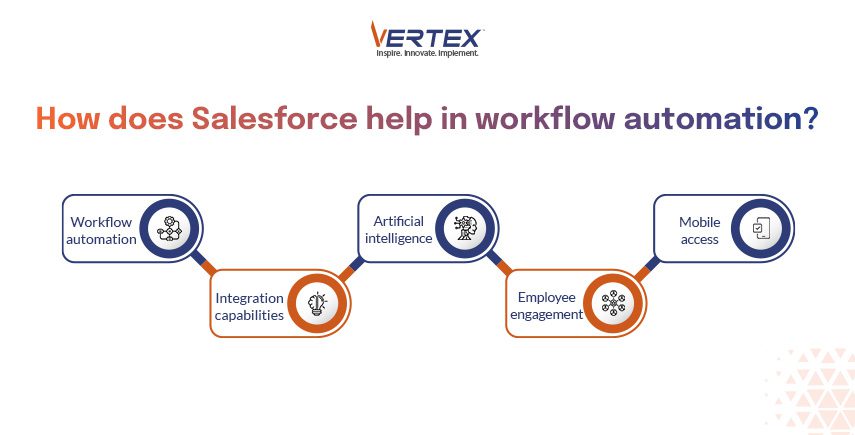
Salesforce helps automate the workforce through its various cloud-based platforms and tools, such as Salesforce Automation, Work.com, and Einstein AI.
These tools help in –
- Workflow Automation: Salesforce allows businesses to automate repetitive tasks, streamline processes, and enforce best practices through workflow rules, process builders, and approval processes.
- Integration Capabilities: It integrates with other tools and systems, allowing businesses to connect various applications and automate data flow between them, reducing manual data entry and errors.
- Artificial Intelligence: With Einstein AI, Salesforce offers predictive analytics, personalised recommendations, and automation of routine tasks based on historical data, improving productivity and efficiency.
- Employee Engagement: Work.com provides tools for employee engagement, performance management, and skill development, enabling businesses to automate tasks related to employee onboarding, training, and performance evaluation.
- Mobile Access: Salesforce’s mobile app allows employees to access information, update records, and collaborate on the go, facilitating automation of tasks regardless of location.
How Does Salesforce Help with Company Productivity?

Using Salesforce can help improve company productivity in several ways:
- Centralised Data Management: Salesforce provides a centralised platform for managing all customer data, interactions, and transactions. By consolidating all information in one place, employees can access accurate and up-to-date data quickly, helping in faster decision-making and more efficient workflows.
- Process Automation: Salesforce’s automation capabilities, such as workflow rules, process builder, and approval processes, automate repetitive tasks and standardise processes. This reduces manual effort, minimises errors, and speeds up task completion times.
- Improved Collaboration: Salesforce’s collaboration tools, like Chatter and Quip, facilitate communication and collaboration among team members. Employees can share insights, collaborate on projects, and receive real-time updates, leading to better teamwork and productivity.
- Enhanced Customer Engagement: Salesforce’s customer relationship management (CRM) features enable businesses to better understand and engage with their customers. By leveraging insights from Salesforce, employees can personalise interactions, anticipate customer needs, and deliver exceptional service, ultimately boosting productivity by driving customer satisfaction and loyalty.
- Data-driven Insights: Salesforce’s reporting and analytics capabilities provide valuable insights into sales performance, customer behaviour, and market trends. By leveraging these insights, businesses can make data-driven decisions, identify areas for improvement, and optimise their operations for greater productivity.
- Mobile Accessibility: Salesforce offers mobile apps that allow employees to access Salesforce data and functionality from anywhere, at any time. This flexibility enables employees to stay productive while on the go, whether they’re working remotely, travelling, or in the field.
Conclusion
Workflow automation with Salesforce is a powerful tool to boost your company’s productivity and efficiency.
Salesforce offers a robust suite of tools that can automate repetitive tasks, streamline processes, improve data management, and enhance collaboration, all leading to a more productive workforce.
Don’t let your employees waste time on tedious tasks.
Take advantage of Salesforce’s automation capabilities to free up your team to focus on what matters most: growing your business.
Contact Vertex today to learn more about how Salesforce can help you automate your workflows and achieve new levels of productivity.



